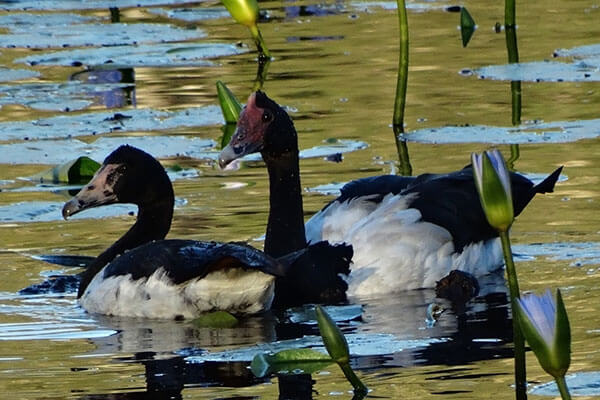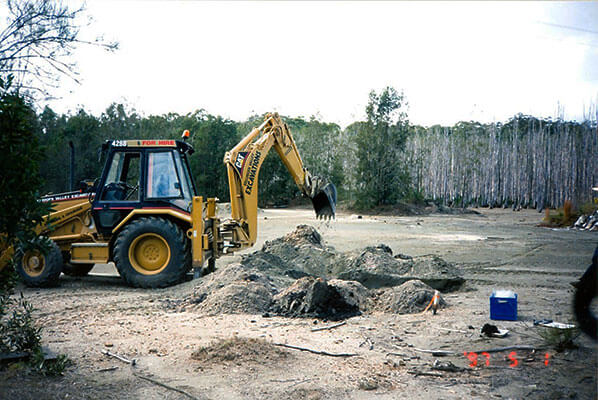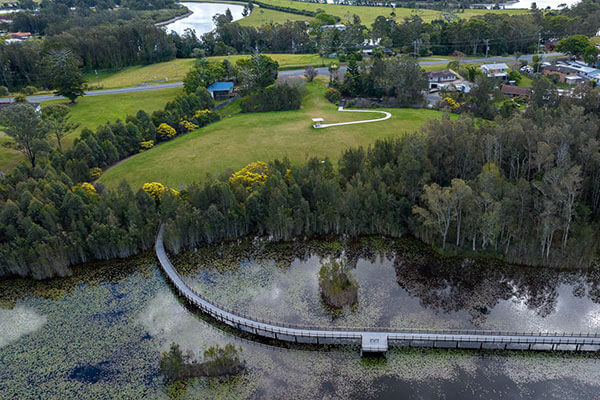Birds of a feather flocking together at Urunga Wetlands
It used to be one of NSW’s most polluted sites, but today Urunga Wetlands reserve is a nature lover’s paradise and a rare freshwater coastal oasis for multiple bird varieties.
The polluted site was transferred to the NSW Government as Crown land with a $10 million clean-up treating and containing more than 36,400 tonnes of contaminated soil and sediment, transforming the area which continues to evolve as a flourishing wetland habitat.
Crown Lands is cleaning up a range of Crown land sites contaminated by past practices dating back decades, with $13.3 million over two years allocated in the recent NSW Budget.
The Bellingen Birders group, with up to 80 active members, has been undertaking regular bird surveys since the wetlands opened following a major NSW Government remediation project in 2017.

The surveys have found the revived wetlands are now home to 123 different bird species, a virtual alphabet from Australasian Darters to Yellow-tailed Black-Cockatoos and many more.
Currently wetland birds are increasing as they flock to Urunga as inland areas start to dry following the end of La Nina weather conditions and as summer approaches.
Today it is hard to believe the site was previously a toxic and barren wasteland used as an antimony processing plant from 1969 to 1974 to extract the heavy metal for use in flame retardants, metal alloys, plastics and electronics.
Minister for Lands and Property Steve Kamper said:
“Crown land reserves play a major role in the NSW visitor economy supporting tourism as well as local businesses, jobs and economies that prosper from visits. It’s fantastic to see the ongoing transformation of Urunga Wetlands that now attracts an estimated 10,000 visits each year.”
Bellingen Birders coordinator Richard Jordan said:
“We have a large mix of more than 120 bird species from water birds to bush birds. We even have magpie geese and comb-crested jacanas from the tropics which is unusual this far south. The jacanas walk on the lily pads and are sometimes called Jesus birds.”
“Our surveys have found a highly erratic population of water birds depending on conditions inland. When there is a lot of inland water birds leave here as there is a bonanza of food when ephemeral wetlands flood, and then they return here when it is drier inland. The wetlands could be described as a significant drought refuge for waterbirds.”
Bellingen Landcare Inc coordinator Jason John said:
“We’ve had about 20 people working on riparian restoration at the wetlands and about half a dozen at nearby Station Creek. The wetlands transformation has been nothing short of amazing and has been further helped by professional bush regenerators funded through the NSW Environmental Trust and Local Land Services.”

